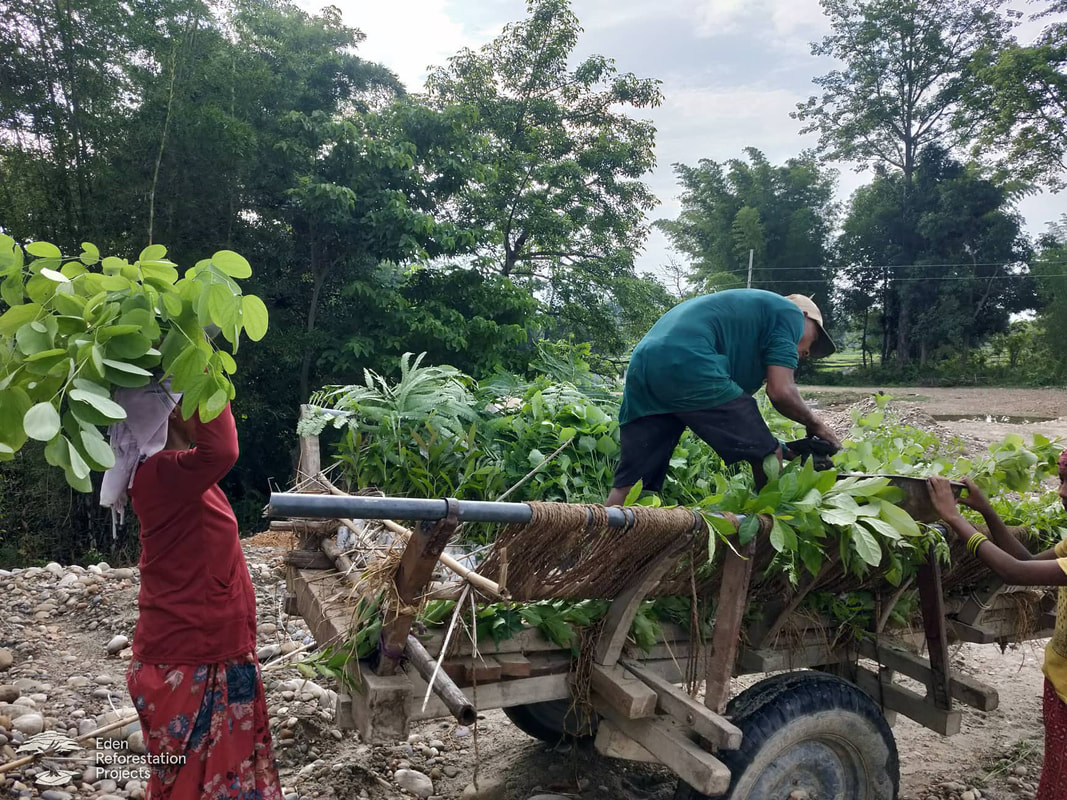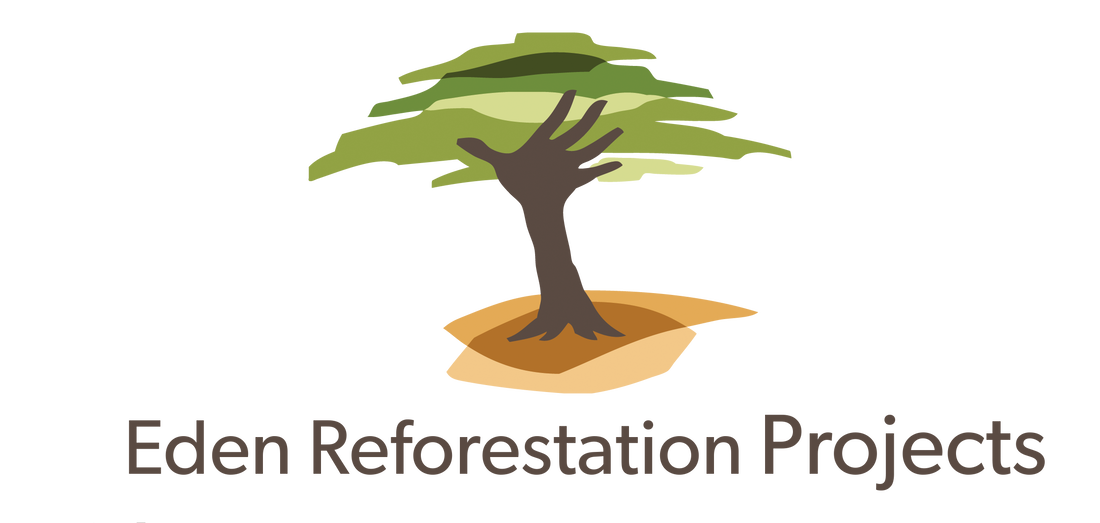NEPAL AT A CROSSROADS
|
Nepal is a crossroads. Sandwiched between China, Tibet and India, it sits between the towering Himalaya mountains to the north and the Indian subcontinent to the south.
The highest country on Earth (home to eight of the world’s ten highest mountains, including Mount Everest), it is often called “the roof of the world.”
|
Nepal is a crossroads of geography and religions, spanning thirty-five types of forests and over one hundred distinct ecosystems, and encompassing different cultures, soaring mountains, low plains, and busy cities.
Sadly, Nepal sits at another type of crossroads – a collision of climate crisis and biodiversity peril.
Earth’s wildlife populations have plunged by 69% in just under 50 years (Living Planet Report, 2022). That’s equivalent to losing the population of Europe, Africa, China, Oceania and the Americas. Yikes!
Many scientists believe we are living through the sixth mass extinction – the largest loss of life on Earth since the time of the dinosaurs. This is painfully apparent in Nepal, where water shortages, climate change, habitat loss and the clash of humans and wildlife threaten Nepal’s varied wildlife. Global warming in Nepal means more floods and landslides, increased soil erosion and decreased agricultural productivity.
As one of the world’s poorest countries, Nepal lacks the resources to fight either the causes or catastrophes of climate change. That’s why we support them.
PROTECTING BIODIVERSITY AND FIGHTING CLIMATE CHANGE
Between 1990 and 2005, Nepal lost 25% of its forest cover, an area over half the size of Wales or roughly the size of the state of Connecticut. A biodiversity hotspot, Nepal is home to a variety of climates and more than one hundred different ecosystems. It is vitally important to regenerate forests and plant the right trees to restore biodiversity, protect fauna and flora, clean water, restore forests and fight climate change. At JUST ONE Tree we choose reforestation locations that will help support wildlife and endangered species.
HELLO JODHIPUR
We are planting trees across the Terai Lowlands of south-central Nepal, which is near the India border and just 70m above sea level. The region is home to lush tropical forests and fertile land.
|
We’re working with local communities to combat deforestation and restore the natural environment. Our goal is to help lift these communities out of poverty and reforest the area, while also working to support vulnerable wildlife.
JUST ONE Tree has been planting trees in Nepal since 2019 in Jhapa (grasslands), Nawalparasi (mountainous), and in and around the Chitwan National Park.
|
Our newest and biggest plot, called Jodhipur, sits next to Bardiya National Park, which contains a variety of habitats such as grassland, riverbank forests, and waterholes. Ten endangered mammals, six endangered birds, and three protected reptiles have been recorded in the area.
We’re helping farmers engage in more sustainable farming, avoid landslides, and avert floods. Across the area, restored forest, new forestation and clean water will also save or create homes for amazing wildlife species. Jodhipur and surrounding regions boast a wonderful array of some of the cutest and coolest endangered species on the planet.
|
An adult Bengal Tiger can weigh upwards of 260kg (575 lb). Destruction of natural habitat and rampant poaching has endangered this regal animal. Nepal is one of the world leaders in tiger conservation, with the latest count in 2022 at 355 tigers in Nepal. Of thirteen countries promising to double their population of tigers in 2010, only Nepal achieved this target .
|
In Jodhipur we are planting a mix of tree species native to Nepal: tectona grandis, a type of teak common in Nepal, a deciduous acacia, as well as the leafy shorea seminist, which is a hero species for degraded peat swamp forests.
To date, we've planted 100,000 trees in Jodhipur and other regions of Nepal.
We are actively working to find other areas around Nepal where we can help to regenerate forests, restore biodiversity, clean water supplies, support endangered wildlife, and fight climate change. We’re just getting started!
We are actively working to find other areas around Nepal where we can help to regenerate forests, restore biodiversity, clean water supplies, support endangered wildlife, and fight climate change. We’re just getting started!



























